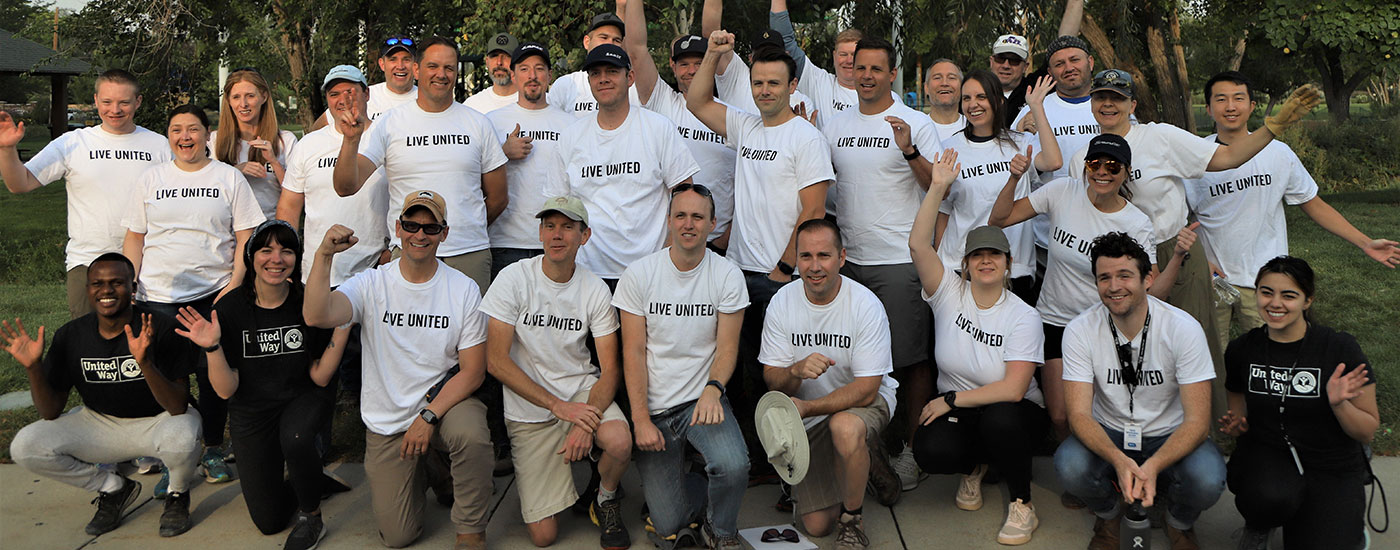Most Recent Reports
All Reports
- Annual Reports
- 211 Annual Report
- Results Matter Report
Annual Reports
Annual Report to the Community
Together, we have been pursuing lasting social change on the most difficult challenges we face as a community: poverty, poor health, and lagging educational achievement. These reports highlight some of that work and progress, on a year by year basis.
2020-2021 Annual Report to the Community
2019-2020 Annual Report to the Community
2018-2019 Annual Report to the Community
2017-2018 Annual Report to the Community
2016-2017 Annual Report to the Community
2015-2016 Annual Report to the Community
2014-2015 Annual Report to the Community
2013-2014 Annual Report to the Community
211 Annual Report
United Ways of Utah 211 Annual Report
For over 50 years, United Ways in Utah have utilized information and referral systems to connect people to resources that meet their basic needs in times of personal difficulty. This report highlights some of that work.
2020-2021 Utah 211 Annual Report
2019-2020 Utah 211 Annual Report
2018-2019 Utah 211 Annual Report
2017-2018 Utah 211 Annual Report
2016-2017 Utah 211 Annual Report
2015-2016 Utah 211 Annual Report
2014-2015 Utah 211 Annual Report
2013-2014 Utah 211 Annual Report
Results Matter Report
Results Matter Report
This report outlines the yearly commitment and collaborative effort of the Promise Partnership Regional Council (PPRC). The PPRC is a group of leaders from business, nonprofits, government, schools, and others who have combined their efforts to achieve results for our region’s children and families.
2021 Results Matter Report
2020 Results Matter Report
2019 Results Matter Report
2018 Results Matter Report
2017 Results Matter Report
2016 Results Matter Report
2015 Results Matter Report
2014 Baseline Report of the Promise Partnership Regional Council

